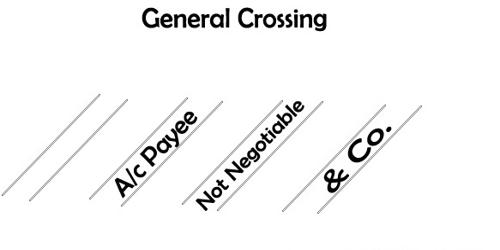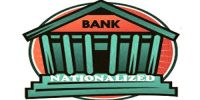Types of Crossing of Cheque
A cheque is a negotiable instrument during the process of circulation, a cheque may be lost. Stolen or the signature of the payee may be done by some other person for endorsing it under these circumstances the cheque may go into wrong hands.
A crossing is a popular device for protecting the drawer and payee of a cheque. Both bearer and order cheques can be crossed. The crossing of cheque gives a direction to the drawee bank to not pay the mentioned amount at the counter; instead, the payment should be done through a bank. Crossing prevents fraud and wrong payments. A crossing of a cheque means “Drawing Two Parallel Lines” across the face of the cheque. Thus, a crossing is necessary in order to have a safety. Crossed cheques must be presented through the bank only because they are not paid at the counter.
Different Types of Crossing –
(i) General Crossing
Generally, cheques are crossed when –
- There are two transverse parallel lines, marked across its face or,
- The cheque bears an abbreviation ‘& Co.’ between the two parallel lines or,
- The Cheque bears the words “Not Negotiable” between the two parallel lines or,
- The cheque bears the words A/C, Payee” between the two parallel lines.
A crossed cheque can be made bearer cheque by canceling the crossing and wrong that the crossing is canceled and at fixing the till signature of a drawer.
(ii) Special or Restrictive Crossing:
When a particular bank’s name is written in between the two parallel lines the cheque is said to be especially crossed.
In adaptor to the word bank, the words A/c. Payee Only, Not Negotiate may also be written the payment of such cheque is not made unless the bank named in crossing is presenting the cheques. The effect of crossing is that the bank makes payment only to the banker whose name is written in the crossing especially crossed cheques are more sate than a generally crossed cheques.
















